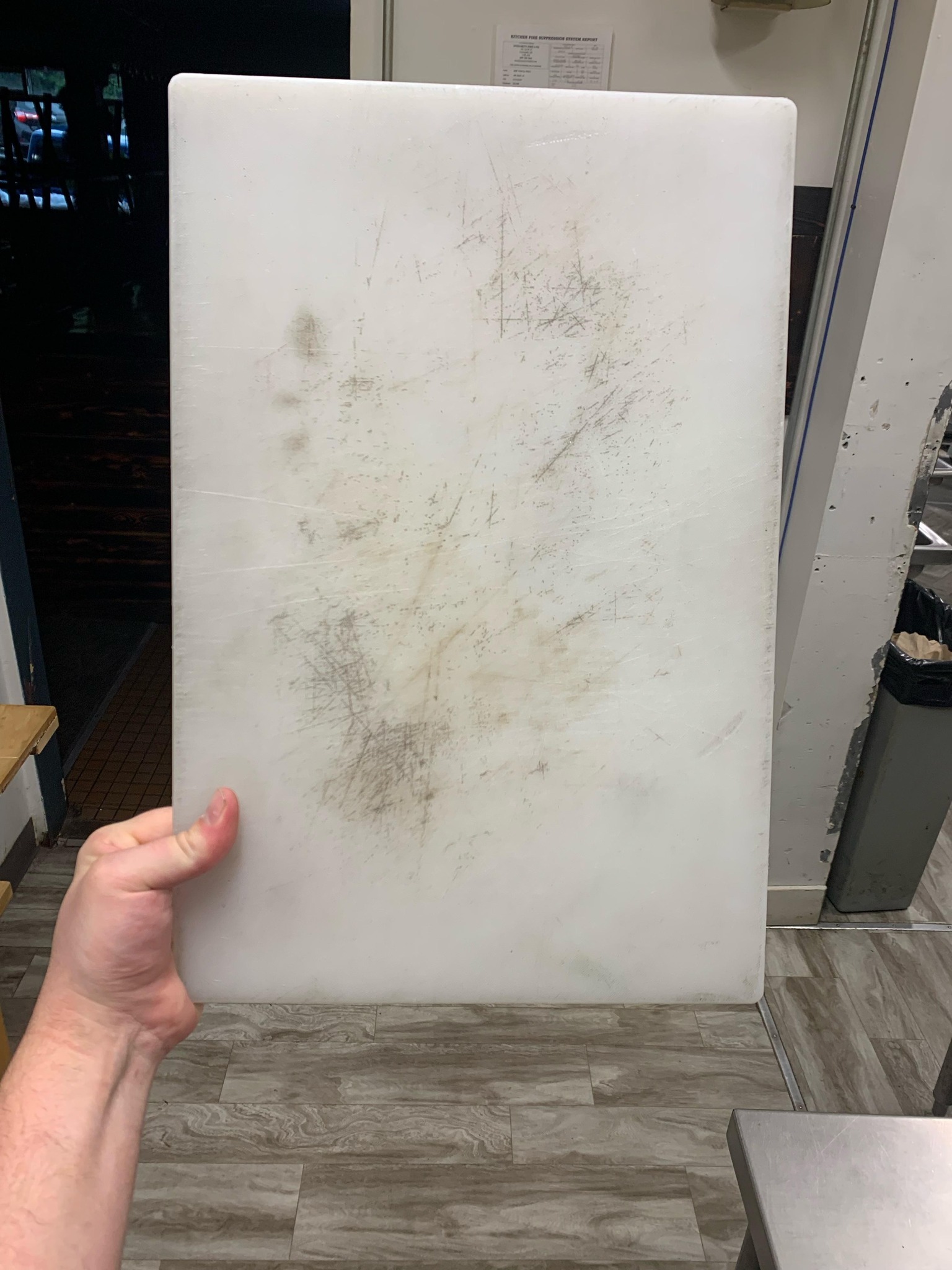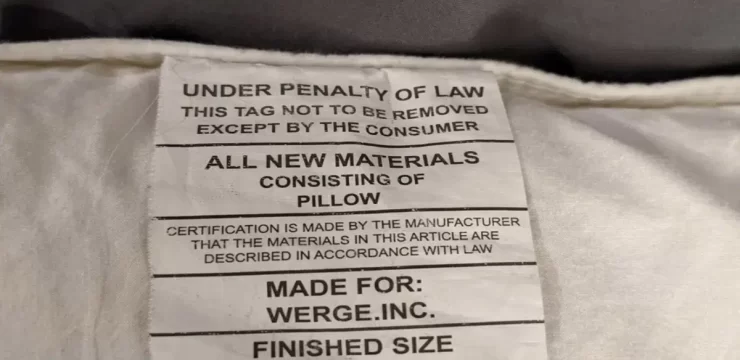Plastic cutting boards are a go-to kitchen tool in many households. They’re durable, easy to maintain, and can handle the rigors of daily cooking. However, if not cleaned and maintained properly, these boards can become a hotspot for bacteria, stains, and odors. Ensuring your cutting boards are clean not only keeps your food safe but also prolongs the life of your kitchen tools. Let’s dive into some tried-and-true methods to keep your plastic cutting boards in top-notch condition.

1. Basic Cleaning: The First Line of Defense
Materials Needed:
- Dish soap
- Warm water
- Sponge or soft cloth
Start with the basics by rinsing your plastic cutting board under warm water to remove any leftover food particles. Apply a few drops of dish soap directly to the surface and use a sponge or soft cloth to scrub thoroughly. Pay special attention to any grooves or cuts where food might be hiding. Once scrubbed, rinse the board well with warm water and let it air dry completely. This simple yet effective step is crucial for preventing bacteria from accumulating and keeps your board ready for the next use.
2. Tackling Stubborn Stains and Odors with Vinegar and Baking Soda
Materials Needed:
- White vinegar
- Baking soda
- Scrubbing pad
If your cutting board has developed tough stains or lingering odors, a combination of baking soda and white vinegar can be your best friend. Start by making a paste with baking soda and a bit of water. Spread this paste over the stained areas, and use a scrubbing pad to work it into the surface. Rinse thoroughly afterward.
Alternatively, you can spray white vinegar directly onto the board. Let it sit for a few minutes to take advantage of its natural disinfecting properties, then wipe it clean. The acidity in vinegar helps kill bacteria and neutralizes odors, leaving your board fresh and ready to use.
3. Natural Cleaning with Lemon and Salt
Materials Needed:
- Lemon
- Coarse salt
For a more natural approach, you can use lemon and salt to clean your cutting board. Sprinkle coarse salt generously over the surface of the board, then cut a lemon in half and use it to scrub the salt into the board. The acidity of the lemon not only helps disinfect but also eliminates bacteria, while the coarse salt acts as a gentle abrasive to lift stains. After scrubbing, rinse with warm water. This method will leave your board smelling citrusy fresh and bacteria-free.
4. Deep Cleaning with Hydrogen Peroxide
Materials Needed:
- Hydrogen peroxide (3% solution)
- Spray bottle
When you need a deeper clean, particularly after cutting raw meat, hydrogen peroxide is an excellent option. Pour hydrogen peroxide into a spray bottle and generously spray the entire surface of the board. Let it sit for about 5-10 minutes to fully disinfect the surface. Afterward, rinse thoroughly with warm water and allow it to air dry. This method is effective at killing bacteria and removing odors, making it perfect for those times when your cutting board needs an extra thorough clean.
5. Using the Dishwasher for Quick and Easy Sanitizing
Many plastic cutting boards are dishwasher safe, making them easy to sanitize. Place your board on the top rack of the dishwasher and run it through a normal cycle with your usual detergent. The high heat and powerful water jets effectively disinfect the board, especially after handling raw meat or other potentially harmful foods. However, always check the manufacturer’s guidelines to ensure your cutting board is truly dishwasher safe.
6. Essential Maintenance Tips to Extend the Life of Your Boards
To keep your plastic cutting boards in excellent condition, here are a few maintenance tips:
- Clean Right After Use: Rinse and wash your board immediately after using it to prevent food particles from drying onto the surface. This quick action helps avoid stubborn stains and odors from setting in.
- Use Separate Boards for Different Foods: To minimize the risk of cross-contamination, it’s a good idea to use separate boards for raw meats, vegetables, and cooked foods. This practice keeps your food safer and your cutting boards cleaner.
- Replace Worn-Out Boards: Over time, plastic cutting boards can develop deep grooves that can harbor bacteria, even after washing. If your board has noticeable cuts, persistent stains, or odors that won’t go away, it might be time to replace it. Regularly inspecting your boards ensures they remain hygienic.
Conclusion: Keeping Your Cutting Boards Clean and Safe
By using the right cleaning methods, you can keep your plastic cutting boards safe, hygienic, and in good condition. Regular cleaning not only protects your food from harmful bacteria but also keeps your kitchen smelling fresh and ready for your next culinary creation. Whether you prefer using natural methods like lemon and salt, quick solutions like a run in the dishwasher, or deep cleaning with hydrogen peroxide, these techniques will ensure your cutting boards are always in great shape.
So, next time you’re prepping a meal, you can have peace of mind knowing your plastic cutting board is properly cleaned and sanitized. Taking a few extra minutes to clean and maintain your boards will go a long way in ensuring a safe and healthy kitchen. Happy cooking!





